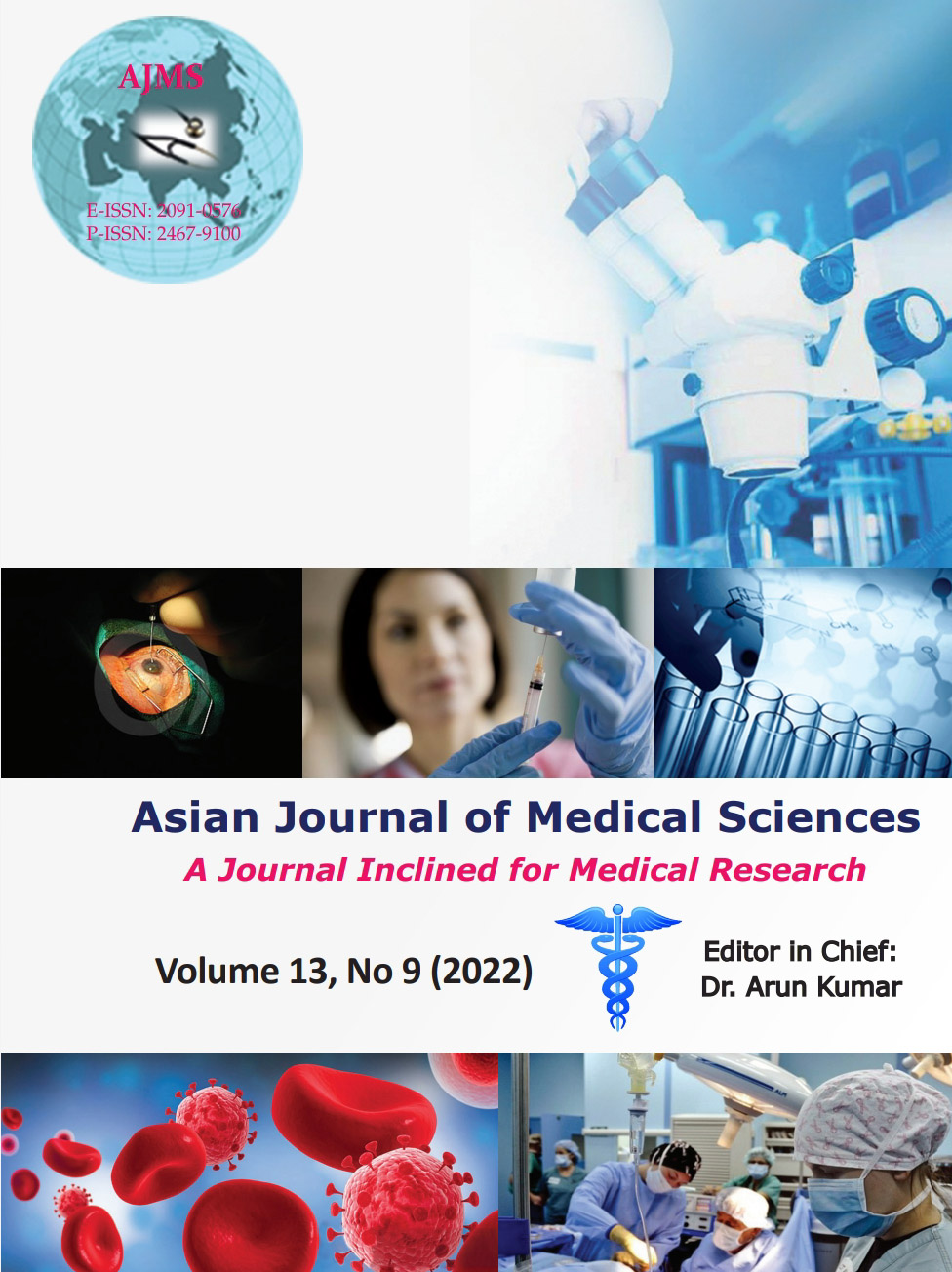The case series of spontaneous hemoperitoneum in third trimester pregnancy
Keywords:
Endometriosis; Twins; Abruption placenta; HemoperitoneumAbstract
Spontaneous hemoperitoneum in pregnancy (SHiP) is unprovoked intraperitonealbleeding. It is a rare entity but a life-threatening complication as it is associated with adverse pregnancy outcome. It is a surgical emergency and requireslaparotomy to identify the cause. Complication of pregnancy and spontaneous hemoperitoneum wasincluded in the study, and cases involving pregnancy termination and ectopic pregnancy were excluded from the study.Maternal demographics, description of spontaneous hemoperitoneum, and specifics diagnosis and management were recorded. Data were extracted and entered in reporting forms. Median values were calculated for continuous variables, and percentages were calculated for categorical variables. The authors reported three cases of SHiP were seen. The gestational age of the patient included in the studywas36 weeks, 38 weeks, and 34+6 weeks, respectively. In the first 2 cases, clinical picture was pointing toward maternal hypovolemia while in 1st case ultrasound s/o fetal demise and in the 2nd case, there was fetal distress. In the 3rd mentioned case, fetal distress was observed on the examination, and hemoperitoneum was the incidental finding which was due to endometriosis.The cause of SHiPis rupture of posterior wall of the uterus, rupture of utero-ovarian vessels, and endometriosis.
Downloads
Downloads
Published
How to Cite
Issue
Section
License
Copyright (c) 2022 Asian Journal of Medical Sciences

This work is licensed under a Creative Commons Attribution-NonCommercial 4.0 International License.
Authors who publish with this journal agree to the following terms:
- The journal holds copyright and publishes the work under a Creative Commons CC-BY-NC license that permits use, distribution and reprduction in any medium, provided the original work is properly cited and is not used for commercial purposes. The journal should be recognised as the original publisher of this work.
- Authors are able to enter into separate, additional contractual arrangements for the non-exclusive distribution of the journal's published version of the work (e.g., post it to an institutional repository or publish it in a book), with an acknowledgement of its initial publication in this journal.
- Authors are permitted and encouraged to post their work online (e.g., in institutional repositories or on their website) prior to and during the submission process, as it can lead to productive exchanges, as well as earlier and greater citation of published work (See The Effect of Open Access).




